The Dodge Challenger in Nobody launches Bob Odenkirk’s action-hero debut
When Bob Odenkirk announced his plans to train for a new action film, he recalls an unnamed actor who laughed and said that he didn’t have to bother with such prep. “They have guys who do the fighting for you,” the actor told him. And Odenkirk wanted to respond, “I wanna do the action movie. I don’t want to just be in one. I want to do what Jackie Chan does, my version of it, the best I can do.”
Odenkirk delivered. Committing himself fully to the role of Hutch Mansell in Ilya Naishuller’s Nobody, he trained for two years with action legend Daniel Bernhardt (The Matrix Reloaded and Resurrections, the Bloodsport sequels, John Wick, Barry). And Odenkirk pulls it off, merging pathos, physicality, and humor into one of the best performances of the year. During his career, Bob Odenkirk has proven himself adept at both comedy and drama, and with Nobody, he’s officially graduated to ass-kicking. And when it comes to a car with attitude to match, the casting was picture-perfect: the Dodge Challenger.

Odenkirk’s expertise isn’t immediately apparent. As Hutch, he’s an unassuming, unhappy family man who’s repressed his true self for too long. As it turns out, Hutch is an “auditor,” a highly-skilled assassin who used to work for various intelligence agencies. When Hutch’s home is broken at the beginning of the film, he could fight back against the thieves but chooses not to, a decision that destroys whatever respect his family, friends, and acquaintances had left for him. Though Naishuller has called Nobody an addiction drama, it feels more like a film about self-acceptance: when Hutch finally reclaims who he is, his life and his relationships improve. It’s also when things get a little more interesting.

A conversation between Hutch and his neighbor Jim (Paul Essiembre) illustrates just how downtrodden he is. The neighbor digs the knife in a little deeper, crowing that he wished his house had been robbed instead because he “could’ve used the exercise.” Both men are pretending to be something they’re not: The neighbor thinks he’s a tough guy, whereas Hutch has to pretend that he isn’t, hiding his gift for violence, living Jim’s fantasy.
This is when Hutch happens to notice his neighbor’s new car, recently inherited from his father. “He didn’t have much to leave, but at least I got something out of it,” the neighbor explains, then brags: “’72 Challenger. 4.9-liter V-8. Zero to 60 in … I’m about to find the f*** out.” Unsurprisingly, the neighbor gets it wrong: the Challenger has never been equipped with a 4.9-liter V-8. In 1972, the Challenger only had three engine options: 3.7-liter slant-six (225 cid), the 5.2-liter V-8 (318 cid), and the 5.6-liter V-8 (340 cid).
His neighbor’s bluster makes it extra satisfying when Hutch chooses to drive the Challenger over his own car in the film’s second half. After pissing off the wrong Russian (Aleksey Serebryakov’s Yulian), Hutch’s situation escalates, and he’s forced to send his family away, then burn his own house down. Hutch walks out, heading for his car, but the Challenger proves irresistible, beautifully illuminated by the flames from Hutch’s house. It’s a testament to his rebirth: an SUV never represented Hutch, but the Challenger does. It’s not a transformation as much as it is a reclamation. Even the color palette of the film shifts as Hutch does, from a drab, desaturated world to bright comic-book colors.

In Derek Kolstad’s script, the car was originally a ’72 Maserati, but production couldn’t quite cover the cost of a car like that. The Challenger feels right, though, and even the secret title of the film became “Challenger.” The car that Hutch commandeers evokes the white Challenger of Vanishing Point fame, a film that made the first-generation Dodge Challenger a pop-culture legend. It’s a perfect fit for the auditor, a mythic car for a mythic character. Like Vanishing Point’s Kowalski, Hutch is an antihero, an outlaw disillusioned by the American dream, a man in existential crisis who’s searching for meaning and grappling with alienation. Both men have addictions: for Kowalski it’s speed (both kinds), and for Hutch, it’s violence.

Hutch drives the Challenger in the film’s climactic car chase, one that the filmmakers had hoped would be much bigger and more complicated. In their vision of this chase, Odenkirk would have had to jump from car to car, in what Naishuller described as an “almost comic-book like level of action.” Due to budget limitations, it looked like they might have to cut the chase altogether, but Universal thankfully decided they needed a car chase after all. The chase was largely left in the hands of the second-unit director and stunt coordinator Greg Rementer with only a few days to shoot it, but the results were worth it. Hutch’s neighbor leaves Pat Benatar’s “Heartbreaker” playing in the car, and it becomes the soundtrack to the chase—and to Hutch’s reawakening. Hutch isn’t looking to evade his enemies; rather, he intends to lead them to their demise. Naishuller explains that, in this chase, “It’s not about who’s got the better car, it’s about who’s got the better mind.” But Hutch has both: a superior mind and the cooler car. Despite having to scale this scene back, it’s a gritty, satisfying, fun little sequence that shows off what both the Challenger and Odenkirk can do.
The first-gen Challenger was one of the most popular pony cars of all time. The E-body car was built to compete with the Mercury Cougar and the Pontiac Firebird and developed alongside the Plymouth Barracuda, though it was made as more of a luxury car than the sportier Barracuda. It was a sexy, youthful car, and one of the last great cars before the onset of the Malaise Era in ’73, a time when minimizing pollution was prioritized over maximizing horsepower. The first Challenger debuted in the fall of ’69, and it had extensive trim and option lists, with Chrysler offering just about every engine it had. The ’72 Challenger, however, marked beginning of the end; Dodge cut back, reduced the once-lengthy list of engines to only three, and sales took a hit. In a way, this makes the high-performance ride perfect for Hutch’s last stand: Hutch, once powerful, had also started to feel that he was on his way out, obsolete. But legend status is eternal.
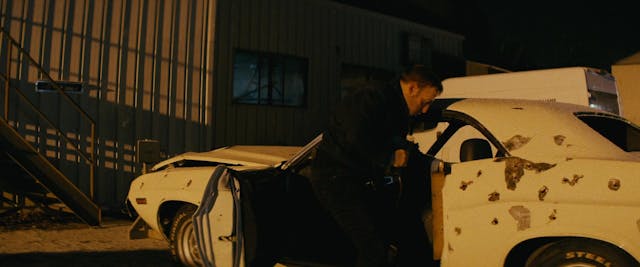
Tragically, Hutch wrecks the Challenger at the end of the chase. On the film’s commentary, Odenkirk correctly notes that his neighbor is probably “not gonna like that.” It’s a bummer for us, too: though the end of Nobody hints at a sequel, we won’t see this Challenger again. But maybe Hutch will return in a ride that proves to be a worthy successor. There is one thing we can be sure of: Nobody establishes Bob Odenkirk as a bonafide action star, in a bonafide action car.

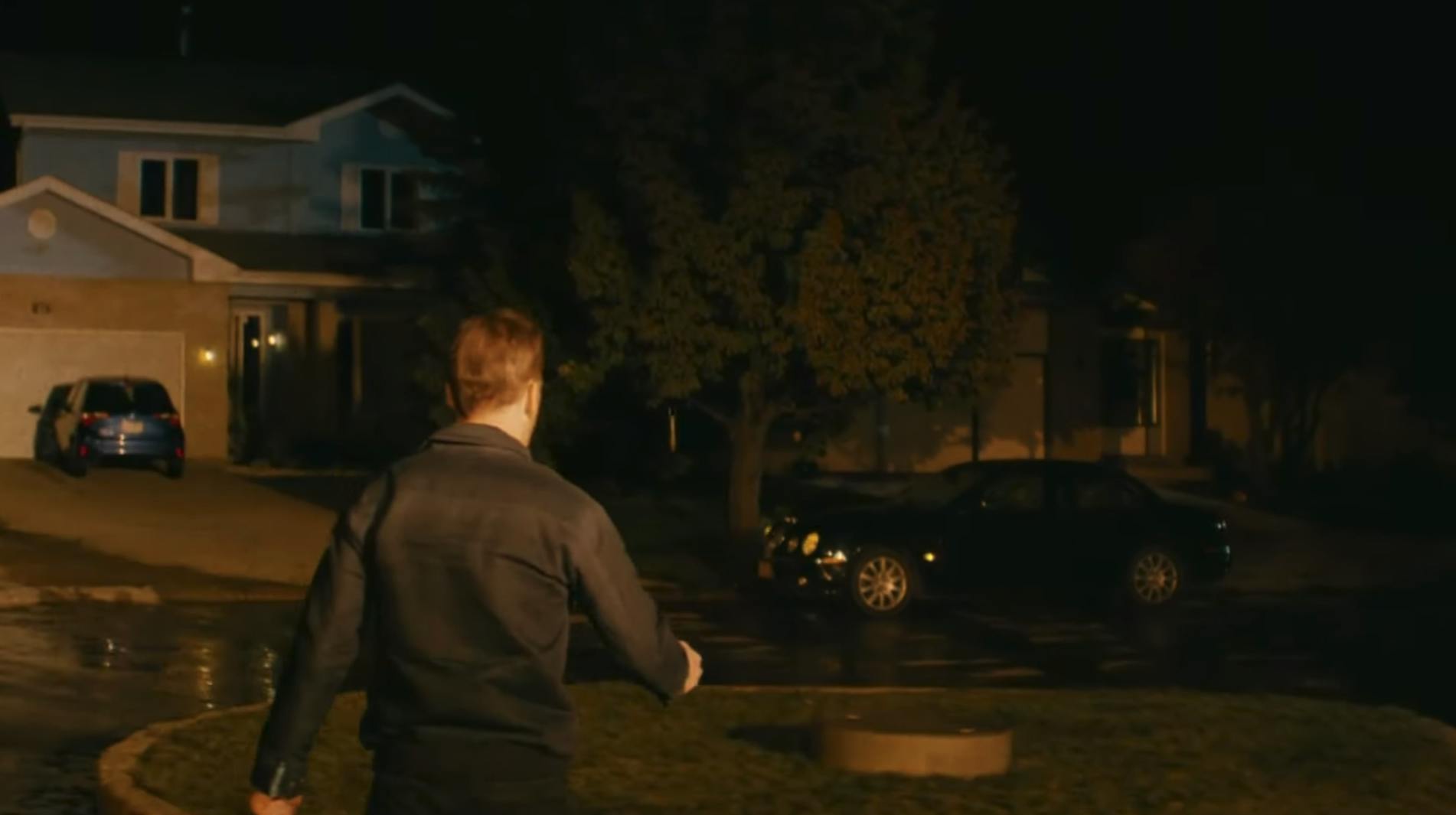
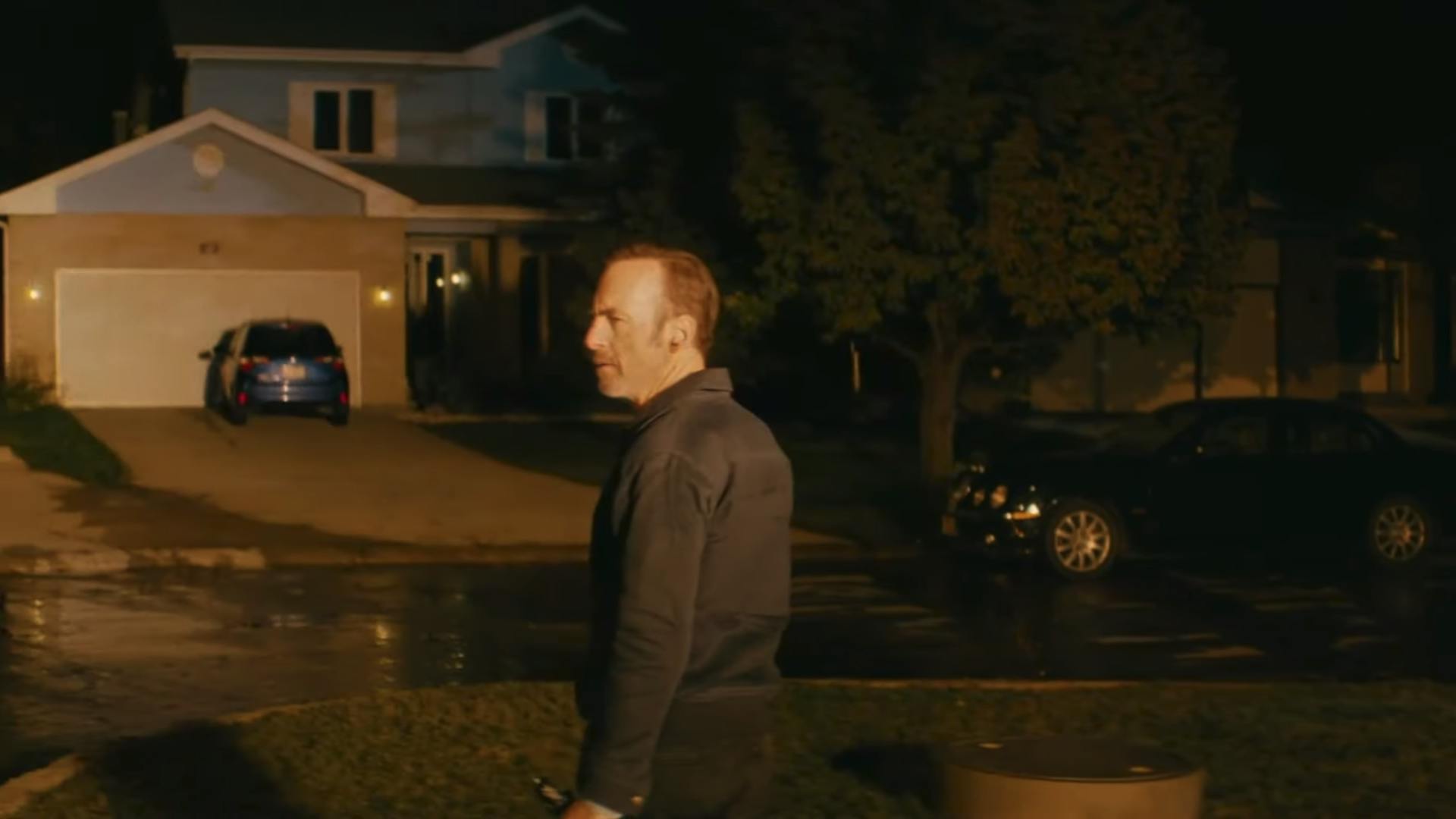
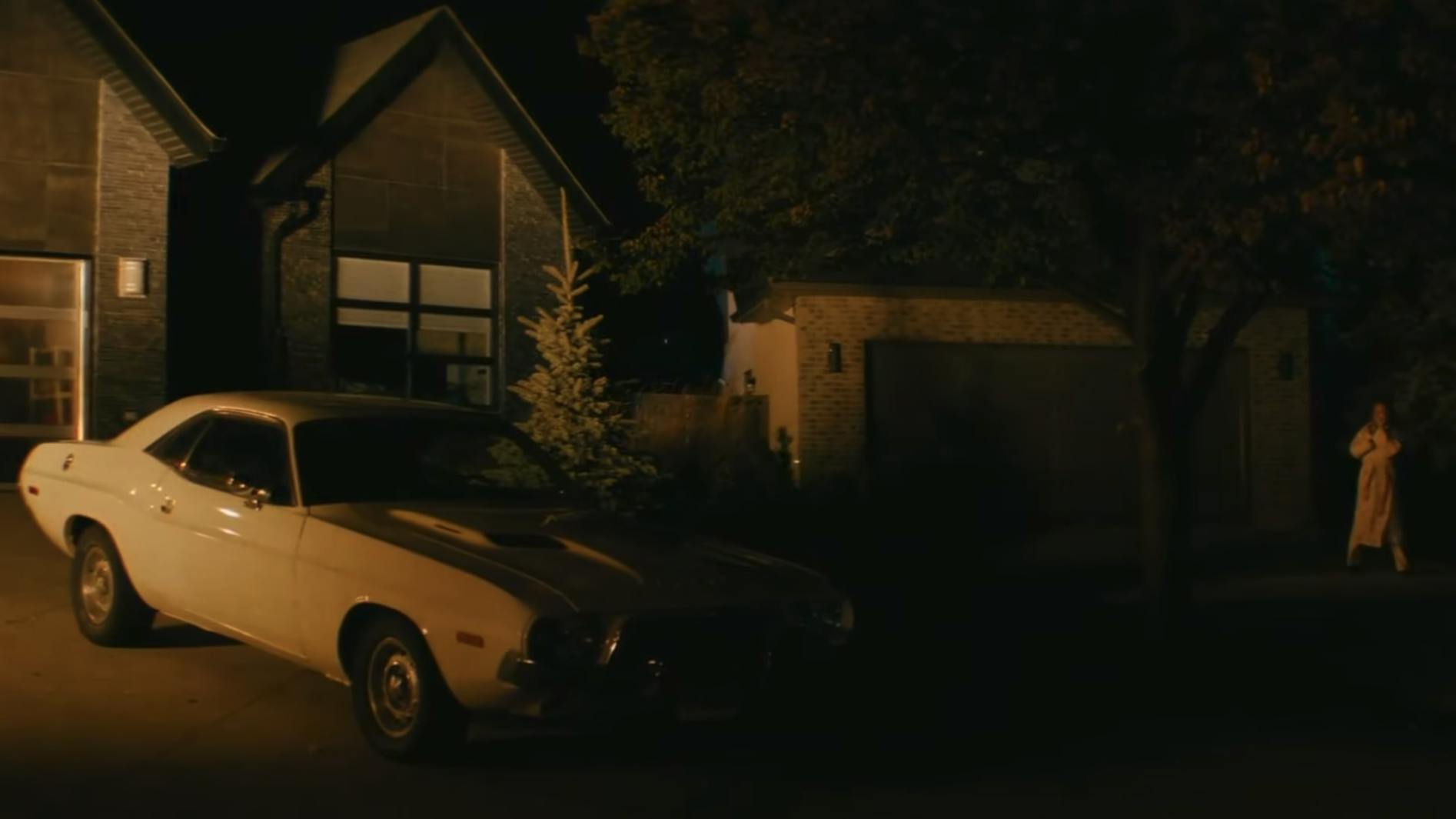
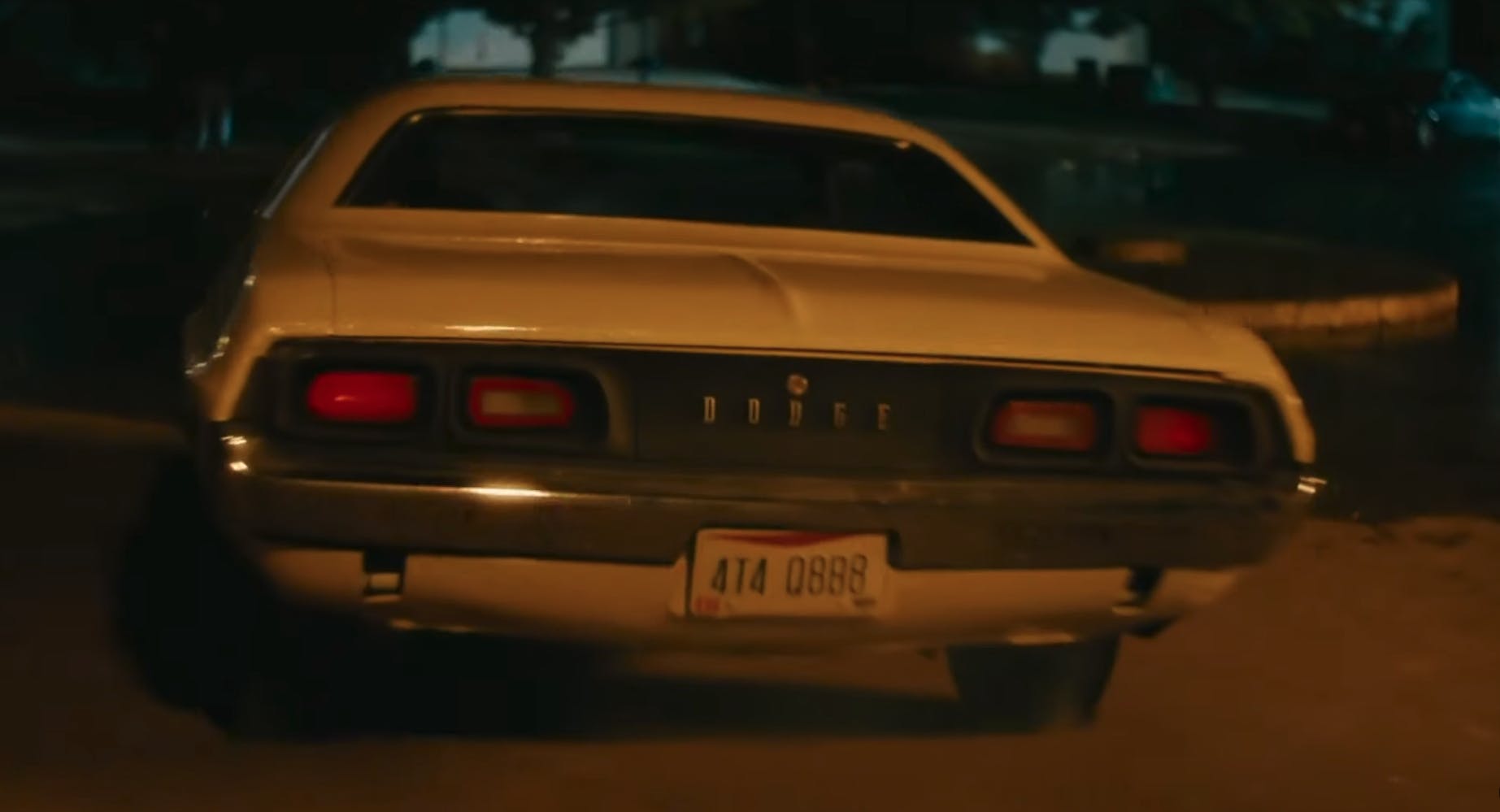
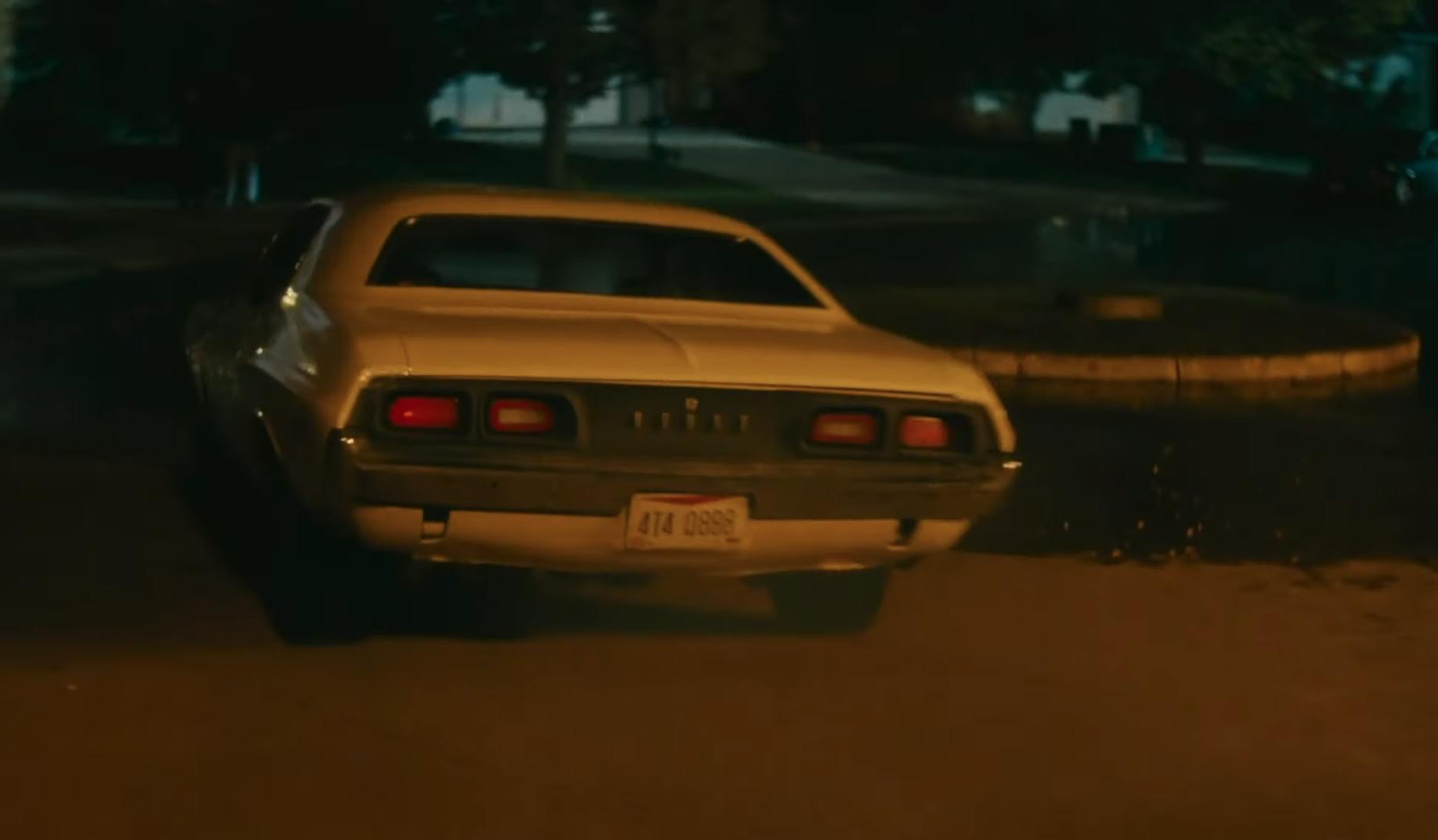

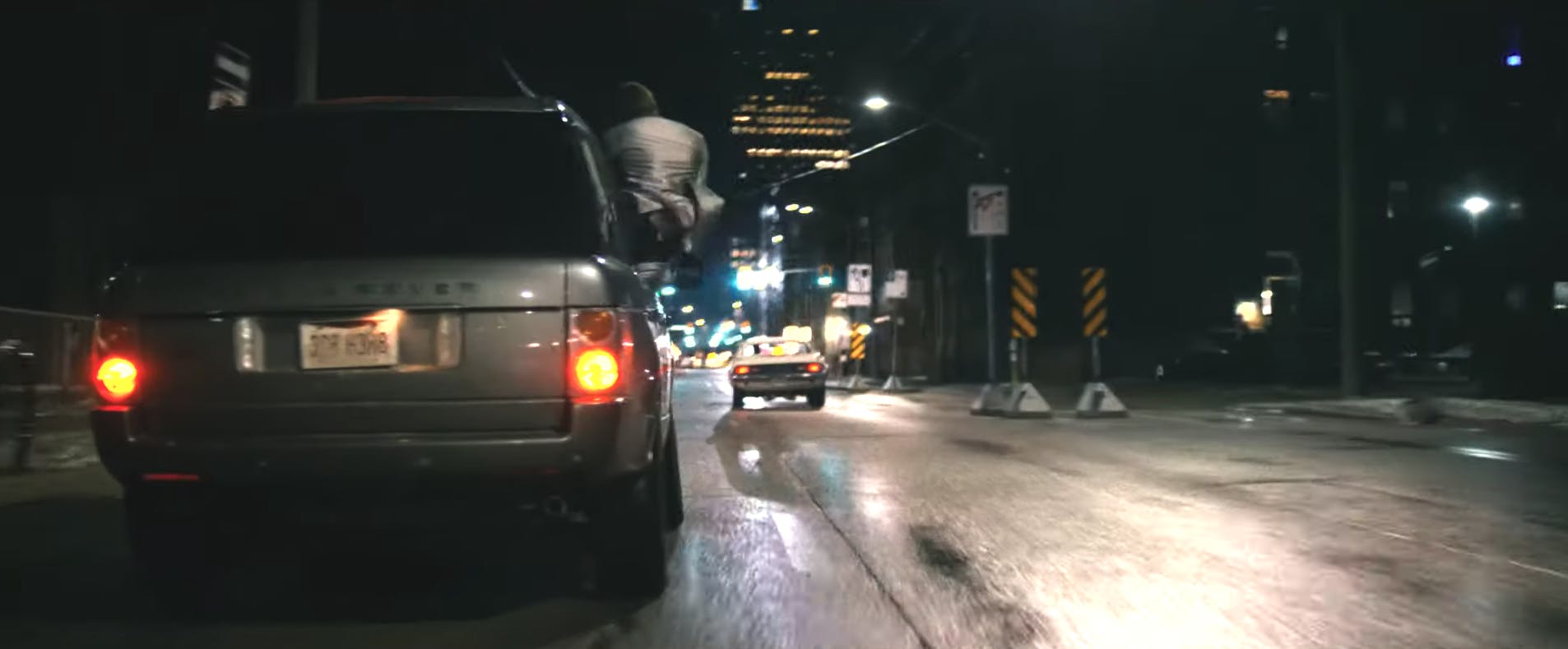
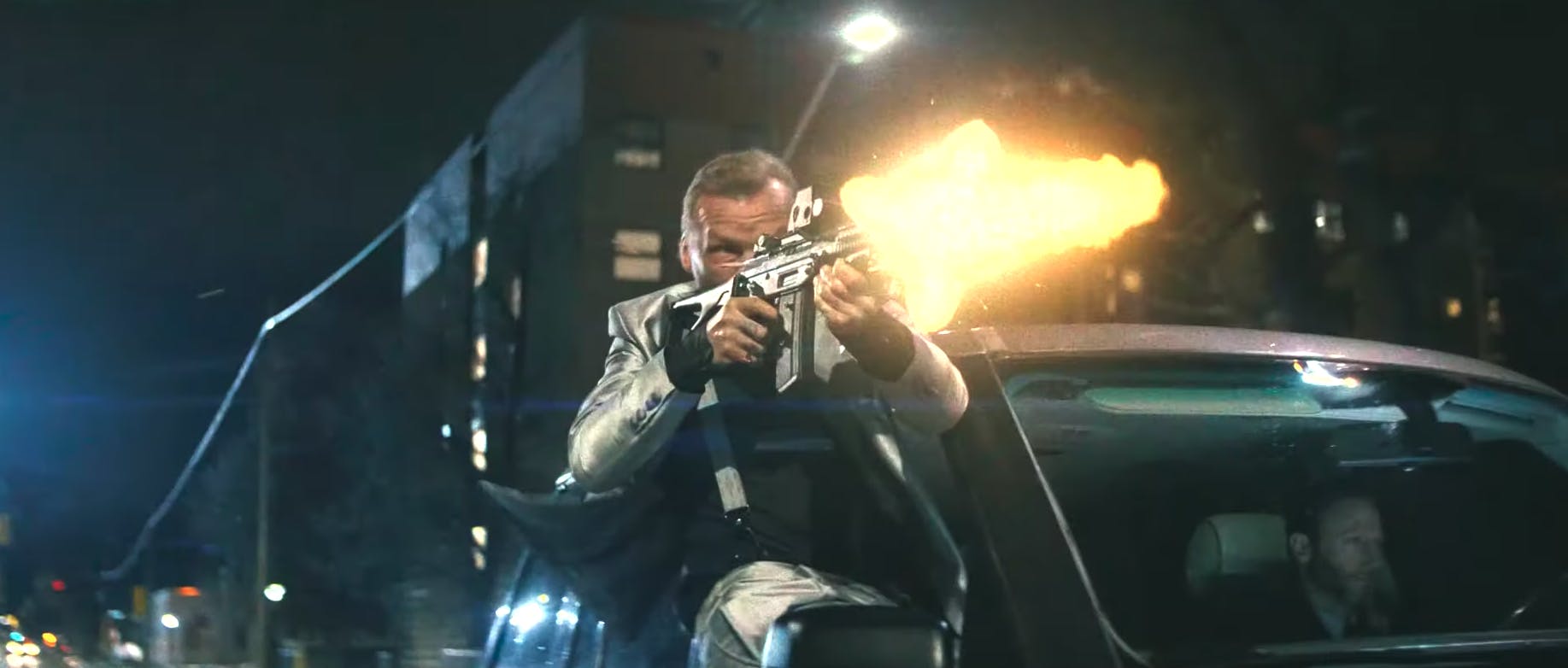
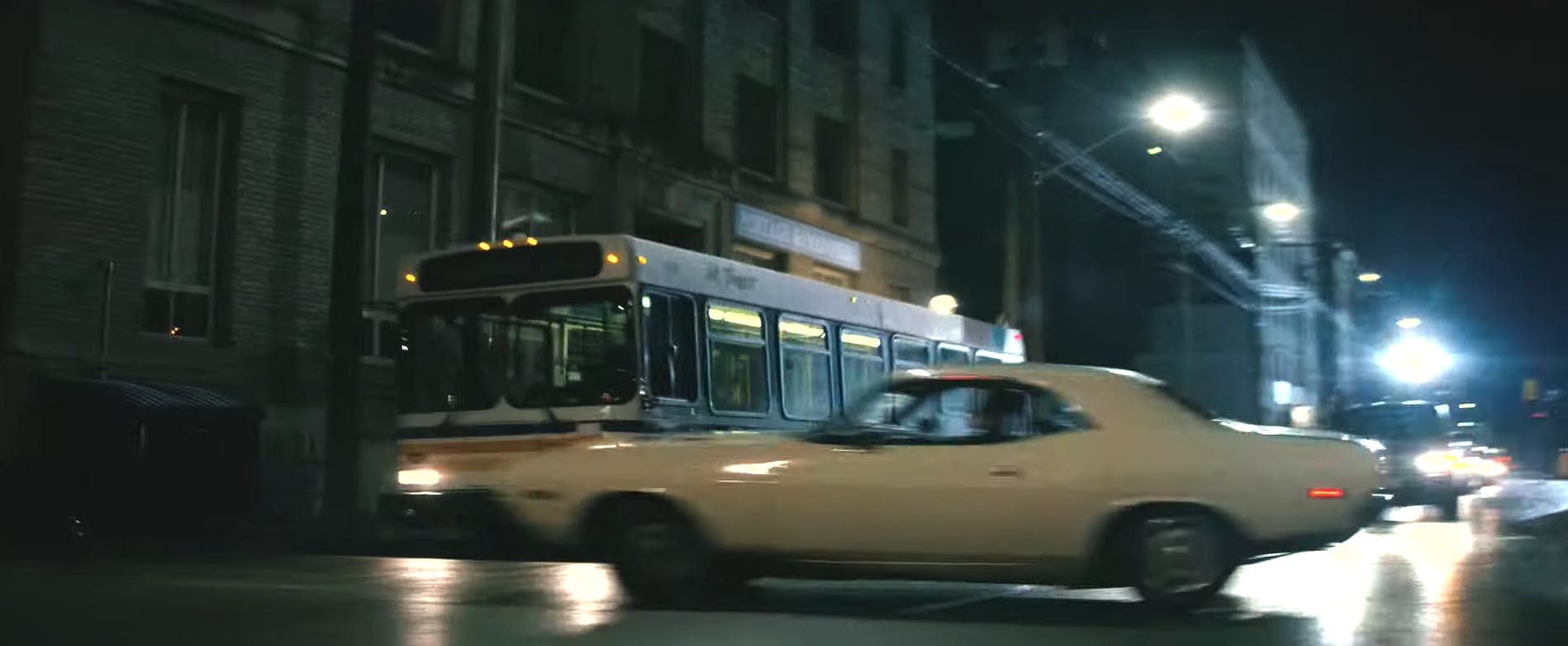
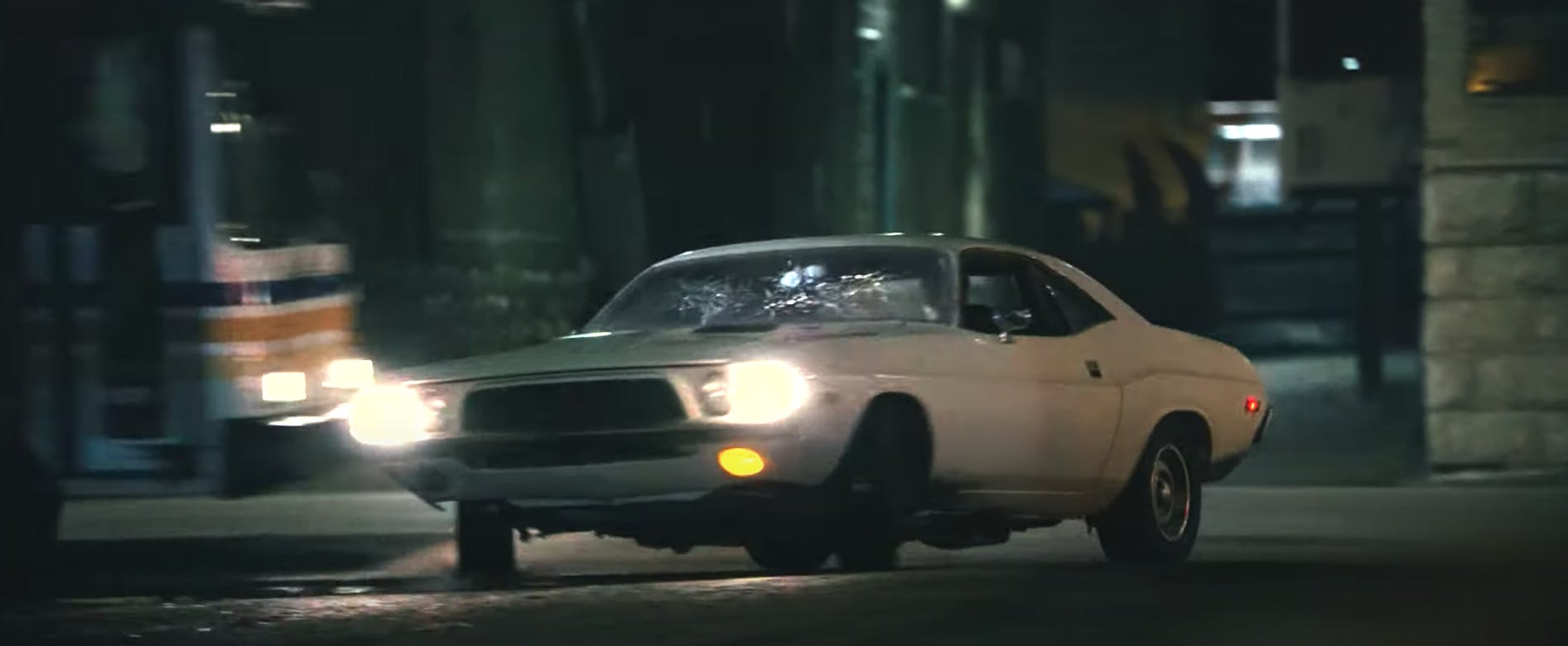
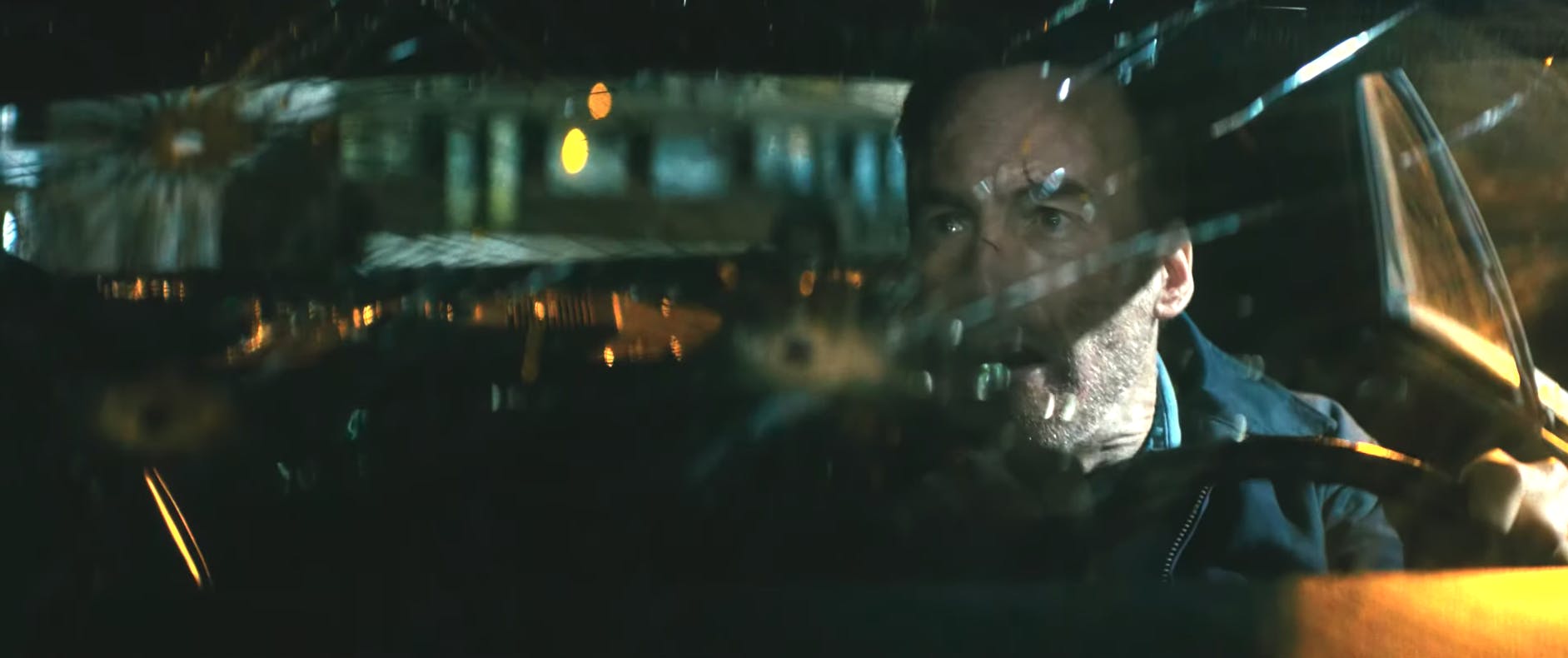
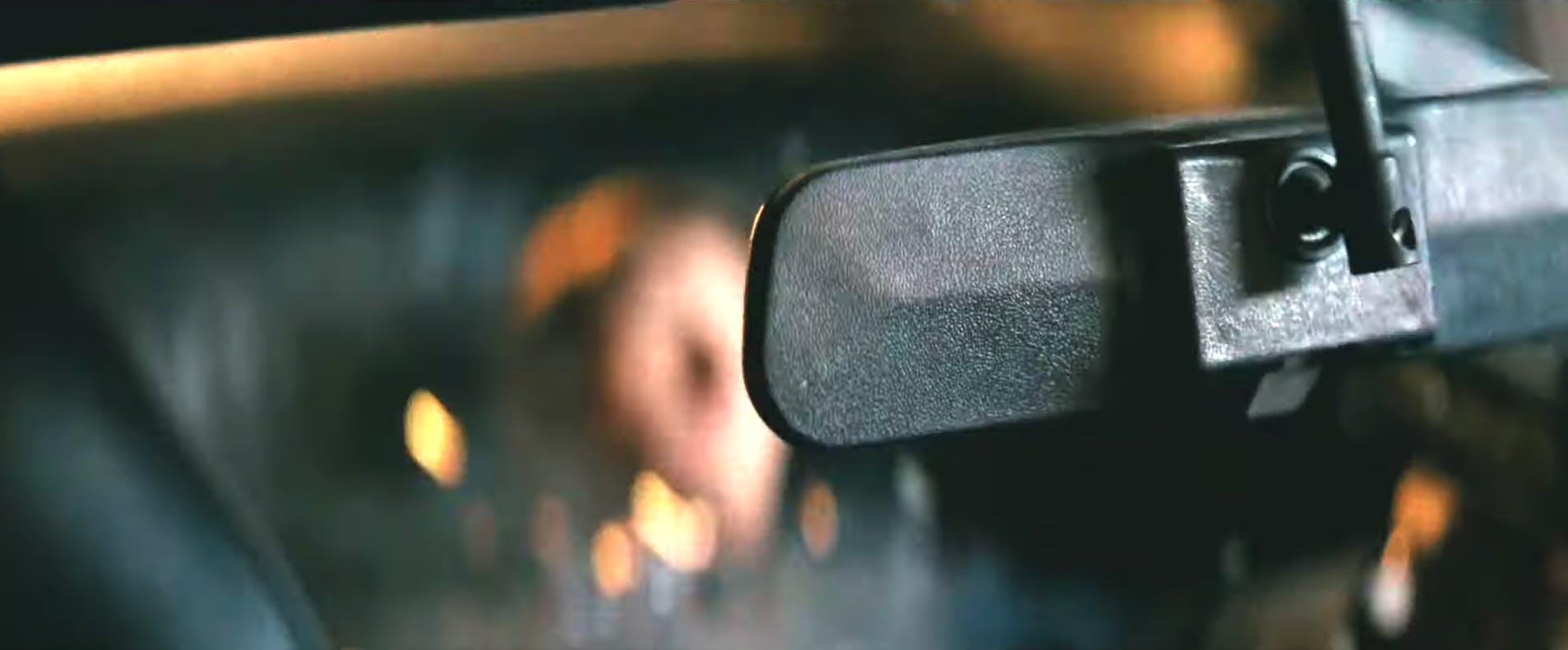

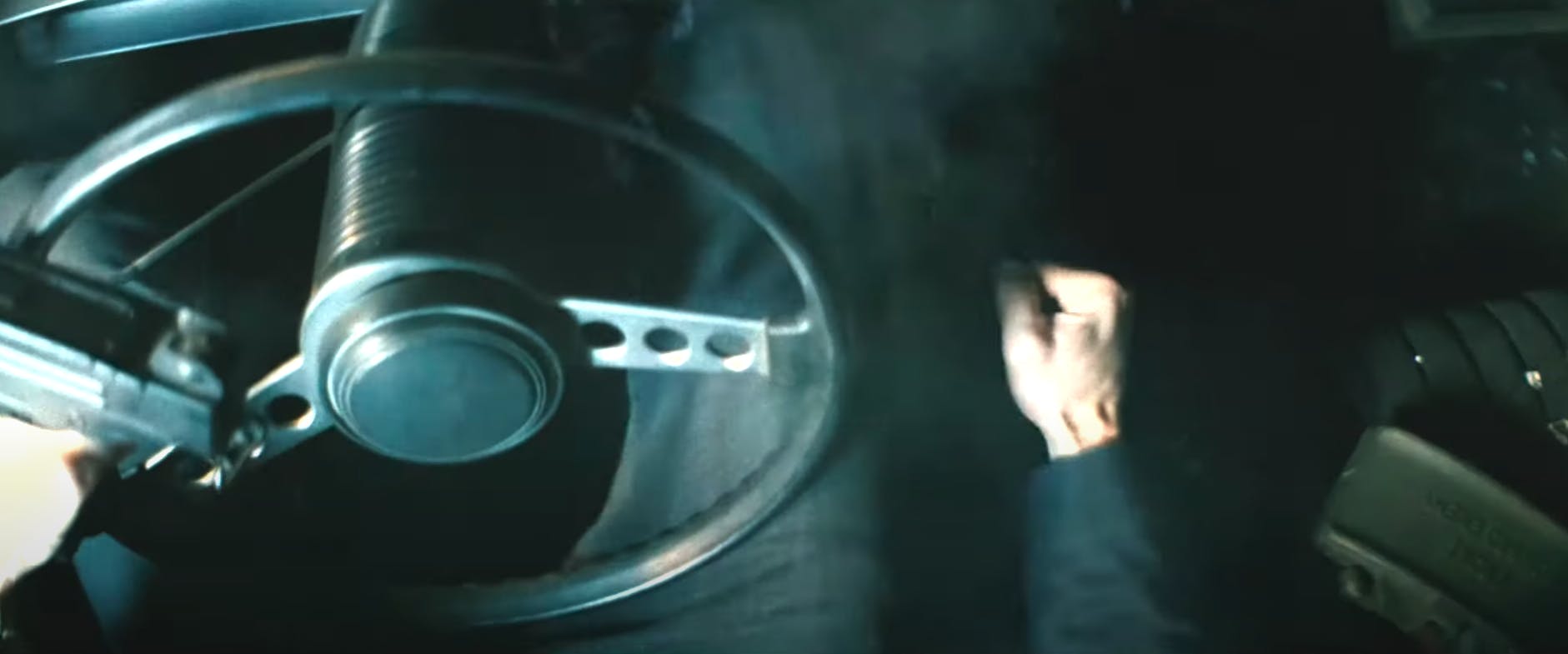


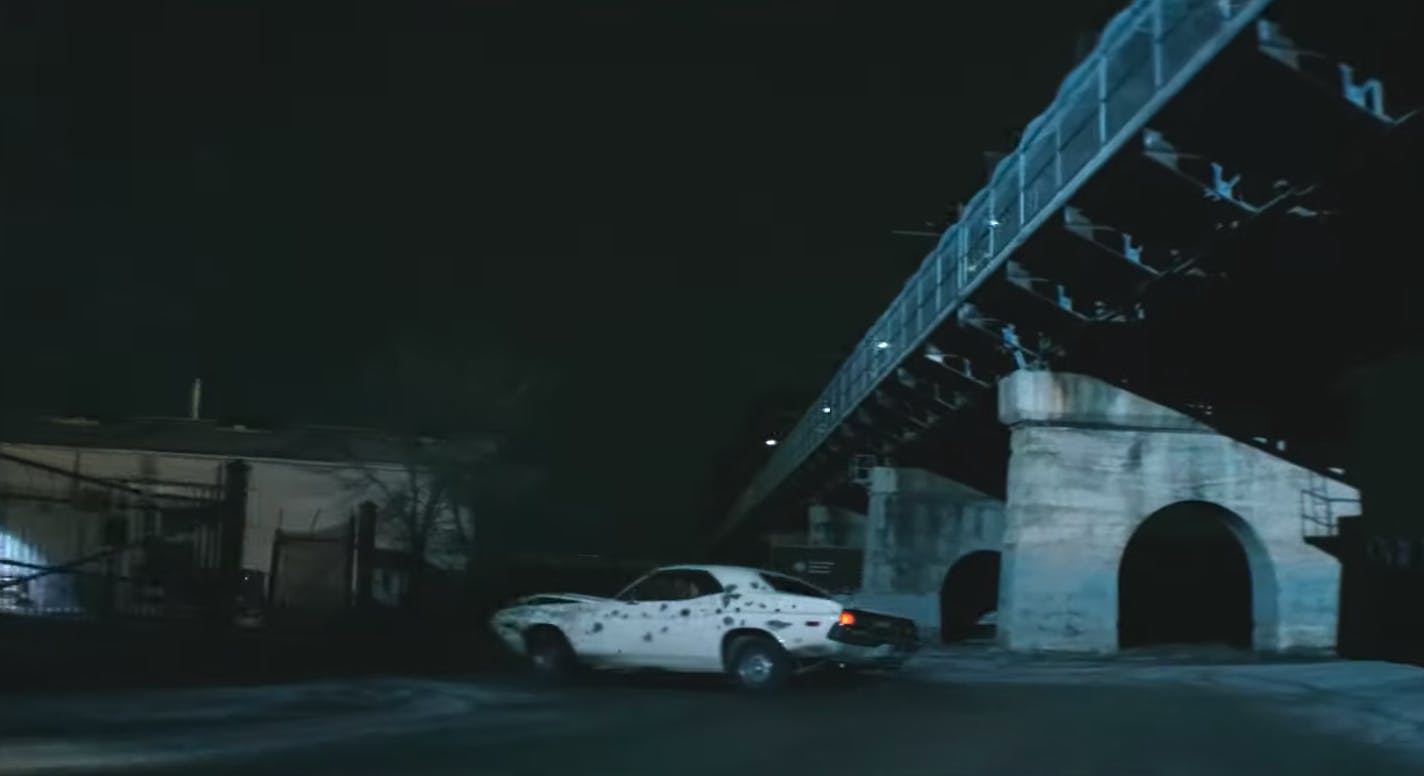
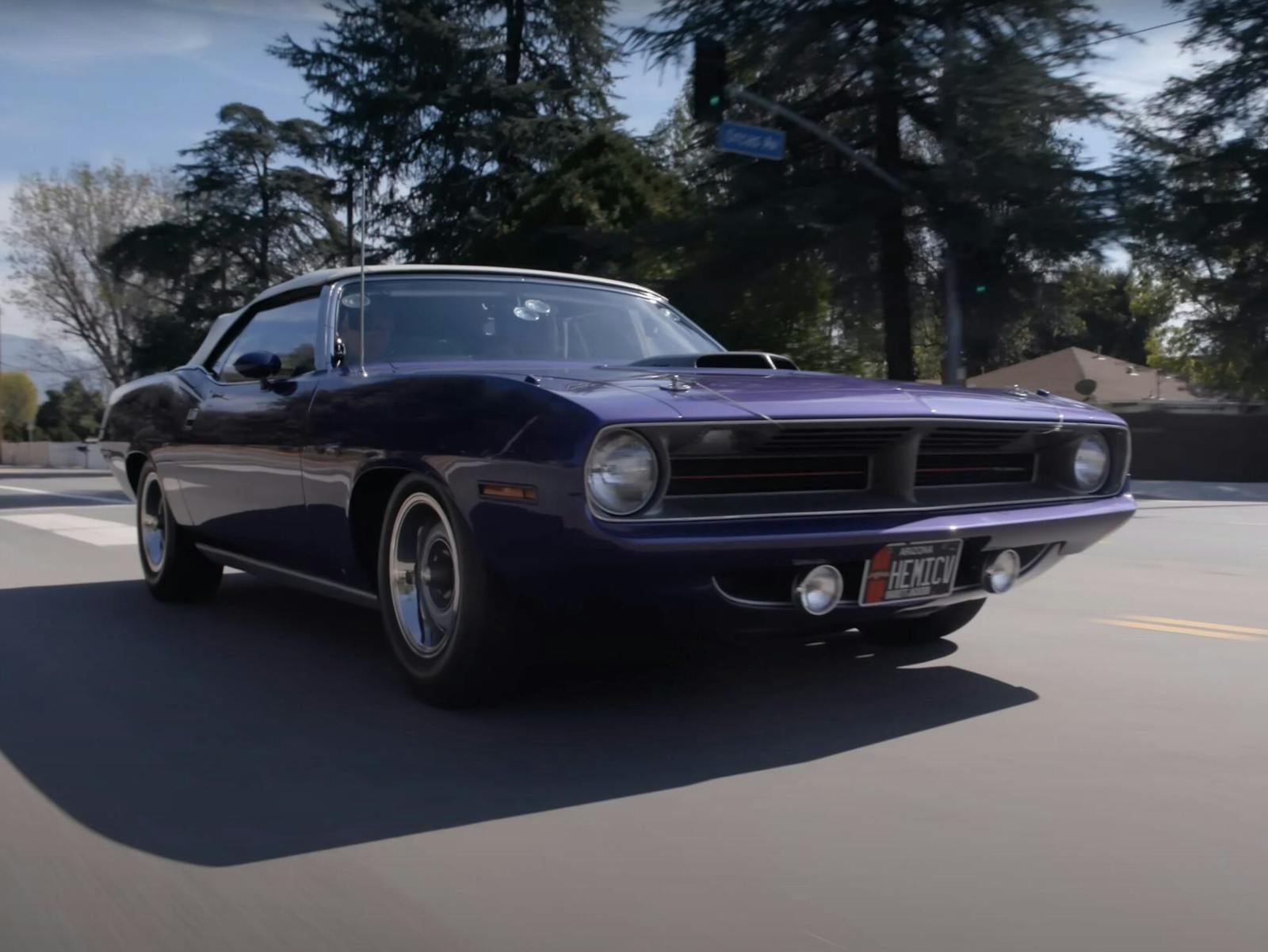

Huge fan of this movie. Could anyone confirm if the Challenger in ‘Nobody’ the exact same as the Challenger in ‘Vanishing Point’ or simply similar but different edition? Full disclosure I am a car layman but who collects diecasts miniatures from movies/TV and I LOVED ‘Nobody’ so have been looking, but they don’t actually make a licensed version. A toy company does make a version of the ‘Vanishing Point’ car and although one is ’70 and the other ’72 they looked very similar to me (just different wheels that I may be able to modify). Am I getting my hopes up, are they clearly different?…
Wow, looking into this I found we are not only to get a 4th chapter of John Wick, but also a 5th chapter that is supposed to start production right after 4.
I’m finding an IMDB correction where the user says Dodge didn’t make a 4.9L V8 (as a number of people have pointed out here, in the IMDB factual errors section, and another article on this, but that should also be corrected to *Chrystler didn’t make one) and says the writers probably meant a 5.9L. However, I think that may have been intentional to show the neighbor as being cocky and not knowing his cars, after all, as we seen with the officer, the neighbor, and Hutch’s brother and law, they were quite excited of the idea of at least catching an excessive force charge if they were in the situation.
Another user said “Chrystler / Dodge” never made on, so, they were a little better with doing their research, but also went on about the options for a 1973 and later that the engine would have either been a 340 cid for 1973 or 360 cid for 1974. Looking into automotive websites, we see like the Challenger in the movie, it is a hardtop, in 1973 they dropped the slant six line, leaving two V8 options, which then I start seeing some problems. One says “Dodge Only Offered The 1973 Challenger 340 As A Hardtop Model
1973 Dodge Challenger 340 green via Youtube (RamblinAround)
Everybody loves a convertible Challenger to gawk at when one drives by, but for the 1973 model year, Dodge only offered the Challenger in one single body type. Sure, there’s something special about driving a pony car with the top down, but the ‘73 Challenger was only offered with a hardtop body.
Dodge made around 27,000 units of the Challenger, and even fewer were cars equipped with the 340 engine. This makes the ‘73 Dodge Challenger 340 a rarer car than many other classics, ensuring that you won’t just get the bragging rights of a fantastic classic pony, but also a rare one.
…For the 1973 model year, Dodge dropped the six-cylinder engine, leaving only two V8 options.” (https://www.hotcars.com/1973-dodge-challenger-340-gearhead-facts/#dodge-only-offered-the-1973-challenger-340-as-a-hardtop-model”
So, they say 1973 only had the 318 V8 and the 340 V8. But what’s this? “Dodge no longer offered a six-cylinder engine option for Challenger starting in 1973.
Protruding black bumper guards on the front and rear bumpers were the only notable visual differences to the exterior from the 1972 models.
A new 360 CID V8 was introduced in the middle of the model year.
… The 360 CID V8 would return in 1974 as the standard engine in the Rallye models, as well.
… Hardtop
With the elimination of the six-cylinder engine option, the 318 CID V8 became the standard engine in the 1973 Challengers. Under the new requirement that horsepower be reported as net horsepower, the 318 produced 150 horsepower. Just like 1972 models, standard features included vinyl bucket seats, dome light and simulated wood-grain door inserts.
Rallye Hardtop
All Rallye models were at first outfitted with the 340 engine, and those made in the later part of the production year received the 360 V8. In addition to the standard features that came with the base model, Rallye models also got body side louvers, tape stripes, a performance hood and a sports instrument cluster.” (https://www.musclecarfacts.com/dodge-challenger/69-1973-challenger/)
Three V8 options they say? And why so much about the 1973 and 1974 models? Wasn’t this about the 1972 Challenger in the movie and if it’s the exact same as the Challenger in Vanishing Point? Well, Vanishing point was released in 1971, but, a lot of movies and shows have to work with a different model, year, or sometimes even a different generation than what the movie or show claims it to be, so, have to go further. Wikipedia states that in Vanishing Point they worked with four 1970 440 four-speed engines and a 5th 338 automatic. Deffinitely some differences just in performance, never mind the chassis and bumpers.
But finally, if we go back to the only other article I’m finding (with only going through the first page of results) that actually talks about what we want to know, rather than talking about the meaning of the movie and other stuff that I don’t see how they match my keywords as intended, the IMCDB (https://www.imcdb.org/v001456662.html#:~:text=1973%20Dodge%20Challenger%201973%20Dodge%20Challenger%20in%20Nobody%2C,by%20a%20character%20or%20in%20a%20car%20chase) has a number of the same comments about there not being a 4.9L option for 1972, and this comment showing they must have slept through several minutes of the movie, “Not sure why they had to shoot up a classic muscle car like this beauty and smash in the front end just for this short scene.
Just to go from his house to his workplace.
Could’ve just driven his BMW instead.”
But, we find IMCDB says it was a 1973 used in Nobody. So, the neighbor inherited a car from his recently departed father, he doesn’t know how to differentiate the cars, he doesn’t know black from chrome, he doesn’t know what engines the cars had, he doesn’t know what year his car is, he doesn’t even know how to read the VIN, EIN, or the registration!
*Bonus* Since I don’t want to rewrite as much to add it, “The six cylinder engine was gone, so the 318 cubic inch two-barrel with 150 horsepower and 265 ft-lbs of torque was now standard. The 340 cid four-barrel with 240 hp and 295 ft-lbs of torque was optional. Some sources say in mid year the 340 was replaced by the 360. Other sources say the change didn’t take place until 1974.
The major change for 1973 was that the front and rear bumpers were moved out from the body to meet the new crash standards. The bumper guards were also enlarged and now had large rubber pads. Together, these changes added 6.9 inches to the length of the car. Both front and rear bumpers now also had small vertical slots for the new bumper jack.” (https://www.oldcarsguide.com/dodge/challenger/1973-challenger.html